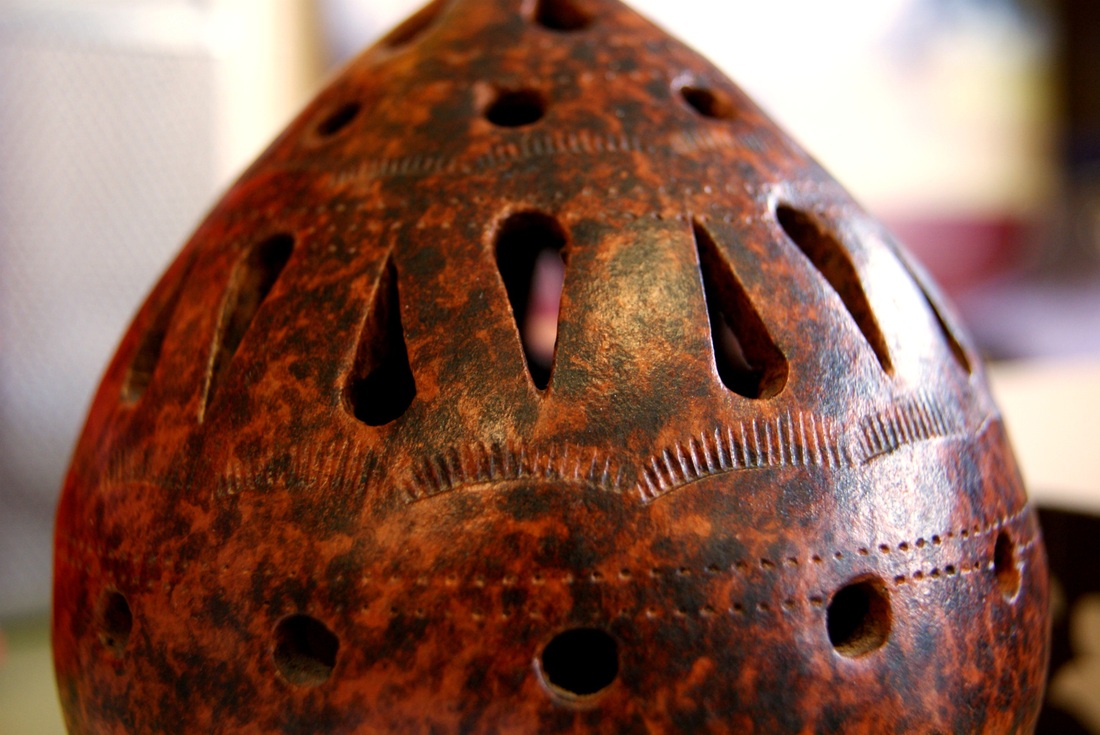

The 214-million-year-old skull of Coelophysis, an agile hunter that walked on two legs, spent about nine days in space. Then, in 1998, a whole dinosaur skull went to the Mir space station, a now-closed operation led first by the Soviet Union, then by Russia. The fossils were unearthed in Acton’s home state of Montana, and following Maiasaura’s flight, the state named the creature as its official dinosaur. On an eight-day NASA mission called SpaceLab 2, astronaut Loren Acton brought a bone and bit of eggshell found at a nesting site of a Maiasaura peeblesorum, the “good mother lizard.” The species lived some 76 million years ago and tended to its young in large nesting colonies. But in 1985, a fossilized piece of one species ushered in a new era of dinosaurs in space. Joe Iacuzzo, director of the Huntsville Science Festival, unpacks a vial of dinosaur bones after they flew to space on a Blue Origin flight in 2021.ĭinosaurs and space have a fraught history-after all, it was a massive space rock that caused the prehistoric reptiles’ extinction. We combed through dozens of archived news stories and interviewed two space historians to find the most fascinating items launched into space and give you their back stories-so you have some space trivia to share the next time a rocket launches or astronauts return from a mission. Private companies are in on the game, too: On SpaceX’s 2021 flight that brought billionaire Jared Isaacman to orbit, the Crew Dragon capsule also carried 66 pounds of hops, which Samuel Adams then used to make space beer. A mission’s Official Flight Kit, on the other hand, has items NASA wants to send, such as old mission patches, medallions and American flags. Some astronauts carry pennants of their alma maters-sometimes they’d “bring a ‘beat Army’ or ‘beat Navy’ sign, if they thought that they could rib a fellow astronaut who was a graduate of one of the other military academies,” Weitekamp says. These collections generally include family photos and personal mementos. Each crew member can bring a 5-by-8-by-2-inch Personal Preference Kit filled with significant items. Sending an artifact there “adds to the stories that it tells.”Īstronauts do this sort of thing all the time-they add value to everyday objects by bringing them into the cosmos. “Since the beginning of the space age, with the launch of Sputnik in 1957, there has been a certain allure to things that have gone into space,” she says.

It stems from the long-held human fascination with objects that have left Earth, says Margaret Weitekamp, a space history department curator at the National Air and Space Museum. This launch of historic items is a tangible way for the museum to connect the history and future of lunar exploration. Now that they’ve returned, the artifacts will be put on display. The Smithsonian’s National Air and Space Museum loaned these items to NASA from its collections.
#ANCIENT SPACE RELICS PATCH#
Tucked inside the Orion crew capsule were a commemorative coin from Apollo 8, a bolt from one of the Apollo 11 engines and a mission patch from Apollo 17. While the program will set several records-it has already achieved the most powerful rocket launch to date-the forward-looking endeavor will also give a few nods to history.Īs it hurtled through space, Artemis 1 paid homage to its lunar predecessors by carrying memorabilia from the nation’s last moon program, Apollo. The initial phase of the mission, an uncrewed test run called Artemis 1, concluded with the Orion spacecraft’s return to Earth on December 11. NASA’s groundbreaking Artemis program will send the first humans to the moon since 1972 and deliver the first woman and first person of color to the lunar surface.


 0 kommentar(er)
0 kommentar(er)
